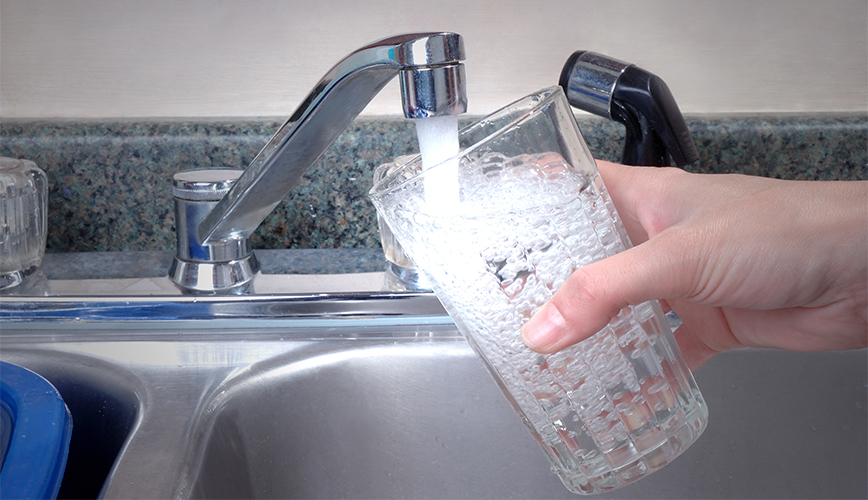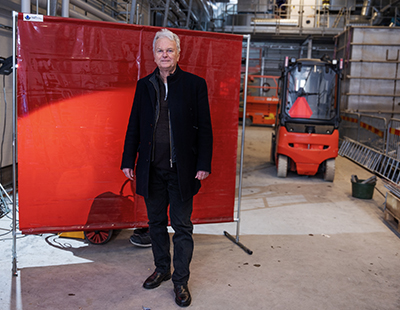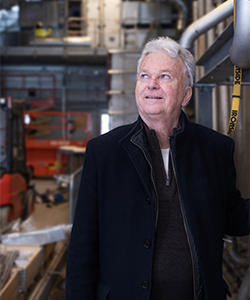Projects aim to eliminate waste from wastewater

The demand for water treatment is increasing throughout the world – and so is the risk of waste. Today, water treatment processes aim to protect the environment from contaminants, while recycling all parts of the wastewater.
“Requirements are constantly being tightened due to water shortages”, says KTH alumnus Östen Ekengren, who is senior advisor at IVL Swedish Environmental Research Institute.
Ekengren is currently involved in relocating the Hammarby Sjöstadverk water research facility, which is run by IVL and KTH, to new premises in Loudden, Stockholm.
“Our water research is leading in Europe. Over the years research groups, presidents, government ministers, students and all kinds of other people have come here for study visits,” he says.

At the new pilot and demo facility in Loudden, efforts will continue to develop new methods for effective water treatment and recycling.
The methods make it possible to return the treated wastewater and all nutrients to the natural cycle of nature, while energy is produced and harnessed via heat recovery, for example.
“The challenge in water supply worldwide is to establish circular water solutions. We need to go from treatment processes that simply protect the environment to creating circular solutions. Treated water in areas with water shortages needs to be of high enough quality to be reusable in agriculture, industry and people’s homes.”
Can you give some examples of circular water solutions?
“We’re running
tests on the island of Gotland
, where because of the shortage of water there, water has to be reused in new ways. Seawater is desalinated, and wastewater and rainwater are treated.”
Ekengren says that a housing project in Chile reuses all wastewater from housing blocks in different ways.
Water from showers, baths, kitchens and washing machines from the 240 apartments in the area is treated separately, and used to water the green spaces between the buildings.
“When water is reused, its quality obviously has to be assured. The researchers take measurements using sensor technology so that we can guarantee safe water in the future,” Ekengren says.

Ozone and activated carbon removes toxic chemicals
He says that a lot of research today focuses on removing all drug residues and per- and polyfluoroalkyl substances (PFAS) from water as effectively as possible.
“Between 95 and 99 per cent of all drug residues in water can be removed by treating it with ozone, a process known as ozonation. An activated carbon and sand filter then captures the remaining solids.
Ekengren also emphasises that water consumption in industry needs to be more efficient.
In order to create circular processes for industrial water, a raft of collaborative projects between KTH researchers and Swedish companies in the IVL network within
Sjöstadverket Water Innovation Center
are underway.
“Thanks to our new treatment processes, companies have been able to recover acids that can then be used in making stainless steel. Airports are recovering glycol from the water used to de-ice planes. Car manufacturers have found methods for pre-treating surfaces prior to lacquering and have managed to reduce water consumption by as much as 80 per cent,” Ekengren says.
“Generally speaking, all water in society has to be reused far more.”
Katarina Ahlfort
Photo: Theresia Köhlin
